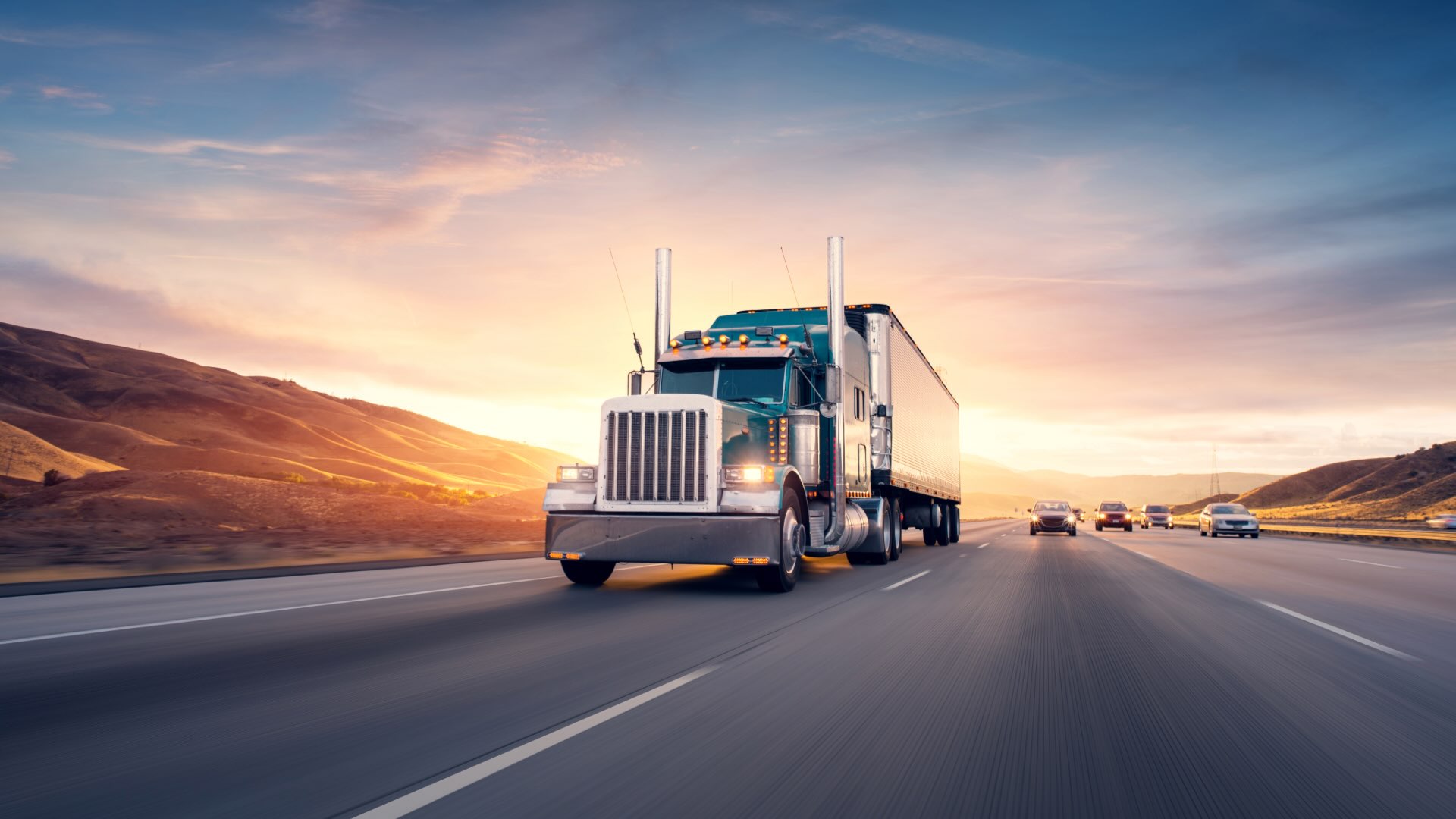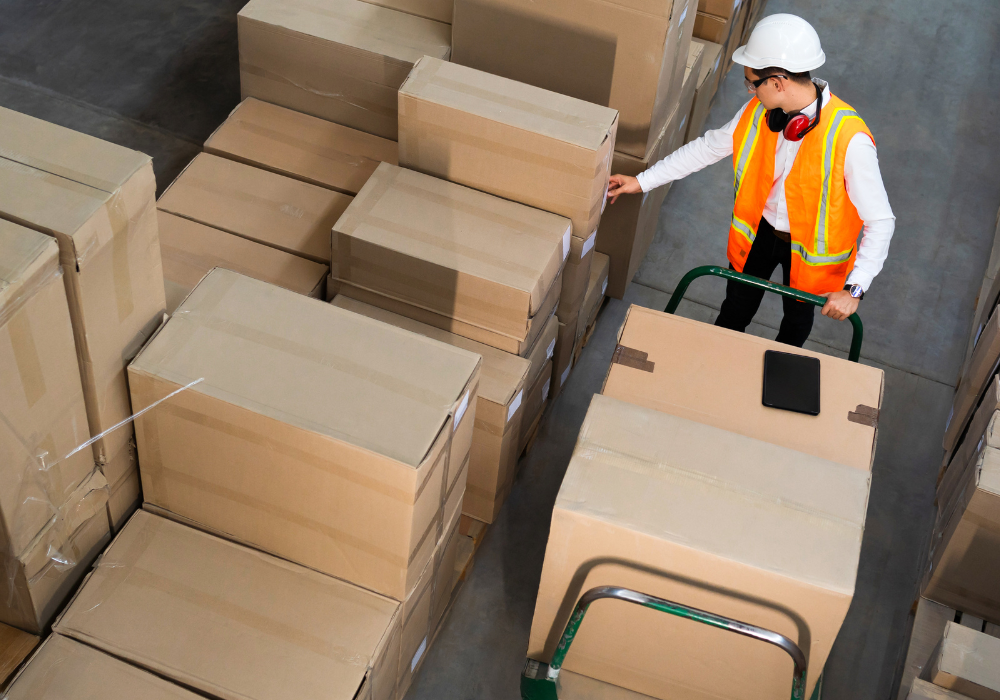In today’s interconnected world, the journey of food from farm to table is a marvel of modern logistics that often goes unnoticed. Yet, this intricate process ensures that we have fresh, safe, and high-quality food available at our fingertips. Understanding the complexity and coordination involved in food logistics not only highlights the importance of each step but also deepens our appreciation for the food we consume daily.
 Farming Innovations: How Modern Farming Practices Impact Food Logistics
Farming Innovations: How Modern Farming Practices Impact Food Logistics
Modern farming practices have significantly evolved, bringing about innovations that impact food logistics at every stage. Precision agriculture, for instance, uses GPS technology and data analytics to optimize planting, irrigation, and harvesting, ensuring that crops are grown more efficiently and sustainably. This increased efficiency translates to better crop yields and higher quality produce, setting the stage for a smoother logistical process from the very beginning.
Moreover, advancements in biotechnology have led to the development of crop varieties that are more resistant to pests and diseases, thereby reducing the need for chemical interventions. These resilient crops not only ensure a more stable supply of food but also minimize the environmental impact of farming, aligning with the growing consumer demand for sustainable and organic produce.
Harvesting and Packaging: The First Steps in the Logistical Chain
Once crops are ripe and ready, the next crucial steps are harvesting and packaging. Harvesting methods have seen significant improvements, with mechanized harvesters and automated systems replacing traditional manual labour in many cases. These technologies not only speed up the process but also reduce the risk of damage to the produce, ensuring that it reaches consumers in the best possible condition.
Packaging plays a vital role in preserving the freshness and safety of food. Innovations in packaging materials, such as biodegradable and compostable options, are becoming increasingly popular as the industry moves towards more sustainable practices. Additionally, smart packaging equipped with sensors that monitor temperature, humidity, and freshness levels helps maintain optimal conditions during transit, further enhancing the quality of the food that eventually reaches our tables.
Transportation: The Various Modes of Transport Used to Move Food from Farms to Consumers
Transportation is arguably one of the most complex aspects of food logistics. The choice of transport mode—whether by road, rail, sea, or air—depends on various factors including the type of food, distance, and urgency. Perishable items like fruits, vegetables, and dairy products often require refrigerated trucks or cargo holds to maintain their freshness.
Advancements in transport technology have led to more efficient and environmentally friendly options. Electric and hybrid vehicles, for instance, are reducing the carbon footprint of food transportation. Moreover, sophisticated tracking systems allow for real-time monitoring of shipments, ensuring that any issues can be promptly addressed to prevent spoilage or delay.
Storage: The Role of Technology in Preserving Food Quality During Transit
Once harvested and packaged, food often requires storage before it reaches its final destination. Cold storage facilities equipped with advanced refrigeration and climate control systems play a critical role in preserving the quality and safety of perishable goods. These facilities are designed to maintain consistent temperatures and humidity levels, preventing spoilage and extending the shelf life of products.
In addition to traditional cold storage, emerging technologies like controlled atmosphere storage use gas mixtures to slow down the ripening process of fruits and vegetables. This technique allows produce to stay fresh for longer periods, reducing waste and ensuring a more consistent supply of high-quality food.
 Distribution and Retail: The Final Steps Before Food Reaches the Table
Distribution and Retail: The Final Steps Before Food Reaches the Table
The distribution phase involves transporting food from storage facilities to retail outlets, restaurants, and ultimately, our homes. Efficient distribution networks are essential for ensuring that food reaches its destination quickly and safely. This phase often involves a combination of regional distribution centers, local warehouses, and direct delivery services.
Retailers play a crucial role in the final stages of food logistics. Supermarkets, farmers’ markets, and online grocery platforms all contribute to making food accessible to consumers. The rise of e-commerce has revolutionized food shopping, with many consumers now opting for online grocery deliveries. This shift has prompted retailers to invest in sophisticated logistics systems that can handle the complexities of last-mile delivery while maintaining the quality and freshness of the products.
Challenges and Solutions: Common Hurdles in Food Logistics and How They Are Being Addressed
Food logistics is not without its challenges. Issues such as fluctuating fuel prices, labour shortages, and regulatory compliance can pose significant hurdles. Additionally, the perishable nature of many food items requires meticulous planning and coordination to prevent waste and ensure timely delivery.
To address these challenges, the industry is increasingly turning to technology and innovation. Machine learning and artificial intelligence are being used to optimize supply chain operations, predicting demand patterns and identifying potential disruptions before they occur. Blockchain technology is also gaining traction, providing greater transparency and traceability in the food supply chain, which helps in ensuring food safety and quality.
The Future of Food Logistics: Predictions and Emerging Trends
Looking ahead, the future of food logistics promises to be even more dynamic and innovative. Autonomous vehicles and drones are poised to revolutionize transportation, offering faster and more efficient delivery options. Additionally, the integration of IoT devices and advanced analytics will enable more precise monitoring and management of the entire supply chain.
Sustainability will continue to be a major focus, with increased efforts to reduce the environmental impact of food logistics. This includes the adoption of renewable energy sources, circular economy practices, and initiatives aimed at minimizing food waste.
The journey of food from farm to table is a complex and fascinating process that involves numerous stages and stakeholders. Understanding the intricacies of food logistics not only highlights the incredible coordination and innovation involved but also deepens our appreciation for the food we consume.




